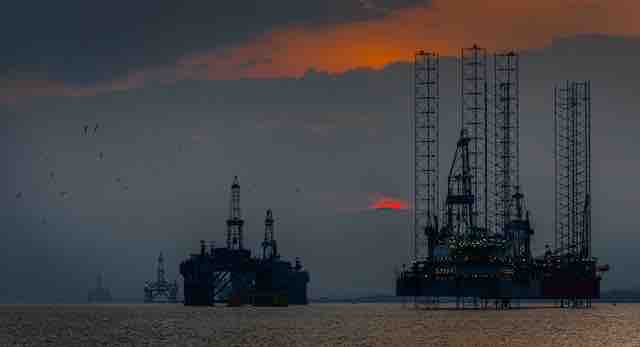In recent weeks, gas prices have been on an upward trajectory, largely driven by growing apprehensions of labor strikes within Australia’s energy sector. This development has sent ripples through the energy market, raising concerns among consumers and businesses alike. In this article, we will explore the underlying factors contributing to the surge in gas prices, the potential consequences for various stakeholders, and the broader implications for the global energy landscape.
Factors Driving the Price Surge
Several factors have converged to create a perfect storm leading to the current rise in gas prices. The primary catalyst is the looming threat of strikes within Australia’s energy sector. Labor disputes can disrupt production, distribution, and overall operations, causing a significant supply shock. As a result, market participants are bracing themselves for potential shortages, prompting traders and speculators to drive up prices in anticipation of reduced supply.
Moreover, Australia’s role as a major gas exporter further amplifies the impact of such potential disruptions. The nation plays a crucial role in global liquefied natural gas (LNG) markets, and any disturbances in its production can have cascading effects on global energy prices. This vulnerability to supply disruptions puts additional upward pressure on gas prices.
Implications for Consumers and Businesses
The ripple effects of surging gas prices extend far beyond the energy sector. Consumers are likely to bear the brunt of these price hikes, as gas is not only a vital energy source for households but also a key input in various industries. Transportation costs are expected to rise, potentially leading to higher prices for goods and services across the board. Additionally, industries heavily reliant on gas, such as manufacturing and chemical production, could face challenges in maintaining profitability, potentially leading to reduced output and job losses.
For businesses, especially small and medium-sized enterprises (SMEs), increased operating costs can erode profit margins and hinder growth. Energy-intensive sectors may face difficult decisions regarding production levels and pricing strategies. This confluence of factors could have a cascading effect on the broader economy, potentially impacting consumer spending patterns and overall economic stability.
Broader Impact on the Global Energy Market
Australia’s energy market is deeply interconnected with global energy dynamics, particularly in the LNG sector. Any disruptions in the supply chain can cause a domino effect on international energy prices. The rise in gas prices may prompt importing countries to seek alternative sources of energy or adjust their energy mix, further reshaping the global energy landscape. Countries that rely heavily on Australian gas exports may be forced to diversify their sources to mitigate the risks associated with supply disruptions.
Furthermore, the price surge could incentivize increased investment in domestic energy production and exploration. Governments and companies may expedite efforts to tap into unconventional gas reserves or accelerate the transition to renewable energy sources to reduce reliance on imported gas and mitigate price volatility.
The recent surge in gas prices driven by fears of strikes in Australia’s energy sector underscores the complex interplay between labor disputes, energy markets, and global economics. While the immediate impacts are felt by consumers and businesses grappling with higher costs, the broader implications extend to the global energy landscape. As uncertainties persist, stakeholders across the spectrum will need to carefully navigate the evolving situation and adapt to the changing dynamics of the energy market.











